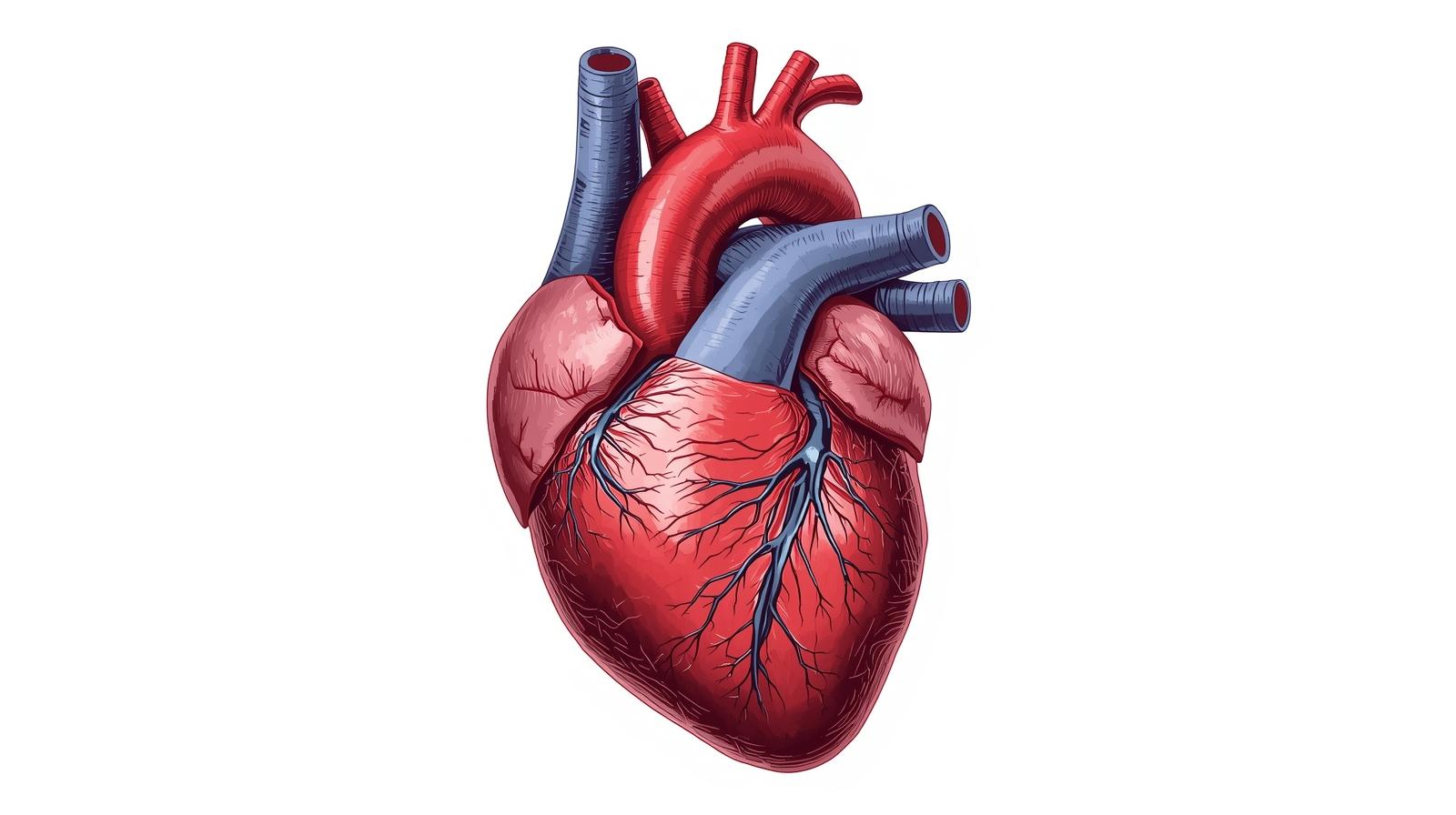Strength Training & the Over 50's
The Benefits of Strength Training for the Over 50s
Aging is a natural part of life, but how the body ages can be influenced by lifestyle choices. One of the most powerful tools for maintaining health, vitality, and independence after the age of 50 is strength training. While many people associate lifting weights with younger athletes or bodybuilders, research consistently shows that strength training is not only safe but also highly beneficial for older adults. From preserving muscle mass to improving mental health, the advantages are wide-ranging and life-enhancing.
This blog post explores the many benefits of strength training for individuals over 50, offering insights into why it matters, how it works, and how to get started safely.
Why Strength Training Matters After 50
As the body ages, it undergoes several physiological changes. Muscle mass naturally declines, bone density decreases, metabolism slows, and the risk of chronic diseases increases. These changes can lead to reduced mobility, frailty, and a loss of independence. However, strength training directly combats many of these age-related issues.
Strength training involves exercises that make muscles work against resistance, whether through free weights, resistance bands, machines, or bodyweight movements. By challenging the muscles, the body adapts by becoming stronger, more resilient, and better equipped to handle daily tasks.

Preserving and Building Muscle Mass
One of the most significant benefits of strength training for people over 50 is the preservation of muscle mass. After the age of 30, adults can lose 3–8% of muscle mass per decade, a process known as sarcopenia. This loss accelerates after 50, leading to weakness, reduced mobility, and a higher risk of falls.
Strength training stimulates muscle fibers, encouraging growth and maintenance. Even individuals who have never lifted weights before can experience noticeable improvements in muscle tone and strength. This not only enhances physical appearance but also supports functional independence, making everyday activities like climbing stairs, carrying groceries, or getting up from a chair easier.
Supporting Bone Health and Preventing Osteoporosis
Bone density naturally decreases with age, particularly in postmenopausal women due to hormonal changes. This increases the risk of osteoporosis and fractures. Strength training places stress on bones in a controlled way, stimulating bone-building cells and improving bone density.
Studies show that resistance training can significantly reduce the risk of fractures by strengthening both bones and the muscles that support them. Stronger bones mean greater resilience against falls and injuries, which are common concerns for older adults.
Enhancing Metabolism and Weight Management
Metabolism tends to slow with age, making it easier to gain weight and harder to lose it. Muscle tissue is metabolically active, meaning it burns more calories at rest compared to fat tissue. By increasing muscle mass through strength training, older adults can boost their resting metabolic rate, making weight management more achievable.
Additionally, strength training helps reduce visceral fat—the dangerous fat stored around internal organs—which is linked to conditions like heart disease, type 2 diabetes, and certain cancers.
Improving Balance, Coordination, and Flexibility
Falls are a leading cause of injury among older adults. Strength training improves balance and coordination by strengthening the muscles that stabilize the body. Exercises that target the core, hips, and legs are particularly effective in reducing fall risk.
Moreover, strength training often incorporates movements that enhance flexibility and joint stability. This combination of strength and mobility helps older adults move more confidently and safely in their daily lives.
Supporting Heart Health
While cardiovascular exercise is often associated with heart health, strength training also plays a vital role. Resistance training has been shown to lower blood pressure, improve cholesterol levels, and enhance circulation. By reducing body fat and improving insulin sensitivity, it also lowers the risk of cardiovascular disease.
For individuals over 50, incorporating both strength and aerobic training creates a comprehensive approach to maintaining a healthy heart.

Boosting Mental Health and Cognitive Function
The benefits of strength training extend beyond the body to the mind. Exercise stimulates the release of endorphins, which improve mood and reduce symptoms of anxiety and depression. Strength training, in particular, has been linked to improved self-esteem and confidence, as individuals feel stronger and more capable.
Emerging research also suggests that resistance training may support brain health. Studies indicate improvements in memory, attention, and executive function among older adults who engage in regular strength training. This may be due to increased blood flow to the brain and the release of growth factors that support neural health.
Enhancing Quality of Life and Independence
Perhaps the most compelling reason for older adults to engage in strength training is the impact on quality of life. By maintaining strength, mobility, and balance, individuals can continue to enjoy activities they love, from gardening and traveling to playing with grandchildren. Strength training reduces the risk of disability and helps preserve independence, allowing older adults to live life on their own terms.
Addressing Common Concerns About Strength Training After 50
Despite the many benefits, some people over 50 hesitate to start strength training due to misconceptions or fears. Addressing these concerns can help encourage participation.
- “I’m too old to start.”
It’s never too late. Research shows that even individuals in their 70s, 80s, and 90s can gain strength and muscle mass through resistance training. - “I might get injured.”
When performed with proper technique and guidance, strength training is safe. Starting with light weights or resistance bands and gradually progressing reduces the risk of injury. - “I don’t want to bulk up.”
Building large muscles requires specific training and nutrition strategies. For most older adults, strength training results in leaner, more toned muscles rather than bulk. - “I don’t have access to a gym.”
Strength training can be done at home with minimal equipment. Bodyweight exercises like squats, push-ups, and planks are highly effective.
How to Get Started Safely
For those new to strength training, starting safely is essential. Here are some guidelines:
- Consult a healthcare provider before beginning, especially if there are existing health conditions.
- Start slowly with light weights or resistance bands. Focus on mastering form before increasing resistance.
- Train major muscle groups at least twice per week, including legs, hips, back, chest, arms, shoulders, and core.
- Incorporate functional movements that mimic daily activities, such as squats, lunges, and pushing or pulling motions.
- Allow rest and recovery between sessions to give muscles time to repair and grow.
- Consider professional guidance from a certified trainer experienced in working with older adults.
Sample Strength Training Exercises for Over 50s
- Squats: Strengthen legs and core, improve mobility.
- Wall Push-Ups: Build upper body strength with reduced strain.
- Seated Rows with Resistance Bands: Strengthen back and improve posture.
- Step-Ups: Enhance balance and leg strength.
- Planks: Strengthen core and stabilize the spine.
- Glute Bridges: Support hip stability and lower back health.
These exercises can be modified to suit different fitness levels and performed at home or in a gym.

Combining Strength Training with Other Healthy Habits
Strength training is most effective when combined with other healthy lifestyle choices:
- Balanced nutrition with adequate protein supports muscle repair and growth.
- Regular cardiovascular exercise complements strength training for overall fitness.
- Adequate sleep allows the body to recover and regenerate.
- Stress management through mindfulness or relaxation techniques enhances overall well-being.
Together, these habits create a holistic approach to healthy aging.
Real-Life Success Stories
Many older adults have transformed their lives through strength training. From regaining the ability to walk without assistance to returning to hobbies once thought impossible, the stories are inspiring. These examples highlight that strength training is not just about physical fitness—it’s about reclaiming independence, confidence, and joy in life.
Conclusion
Strength training is a powerful tool for individuals over 50, offering benefits that extend far beyond the gym. By preserving muscle mass, strengthening bones, improving balance, supporting heart health, and boosting mental well-being, it provides a foundation for healthy, active aging. It’s never too late to start, and the rewards are profound.
For those seeking to maintain independence, vitality, and quality of life, strength training is not optional—it’s essential. With the right approach, it can be safe, enjoyable, and life-changing.

